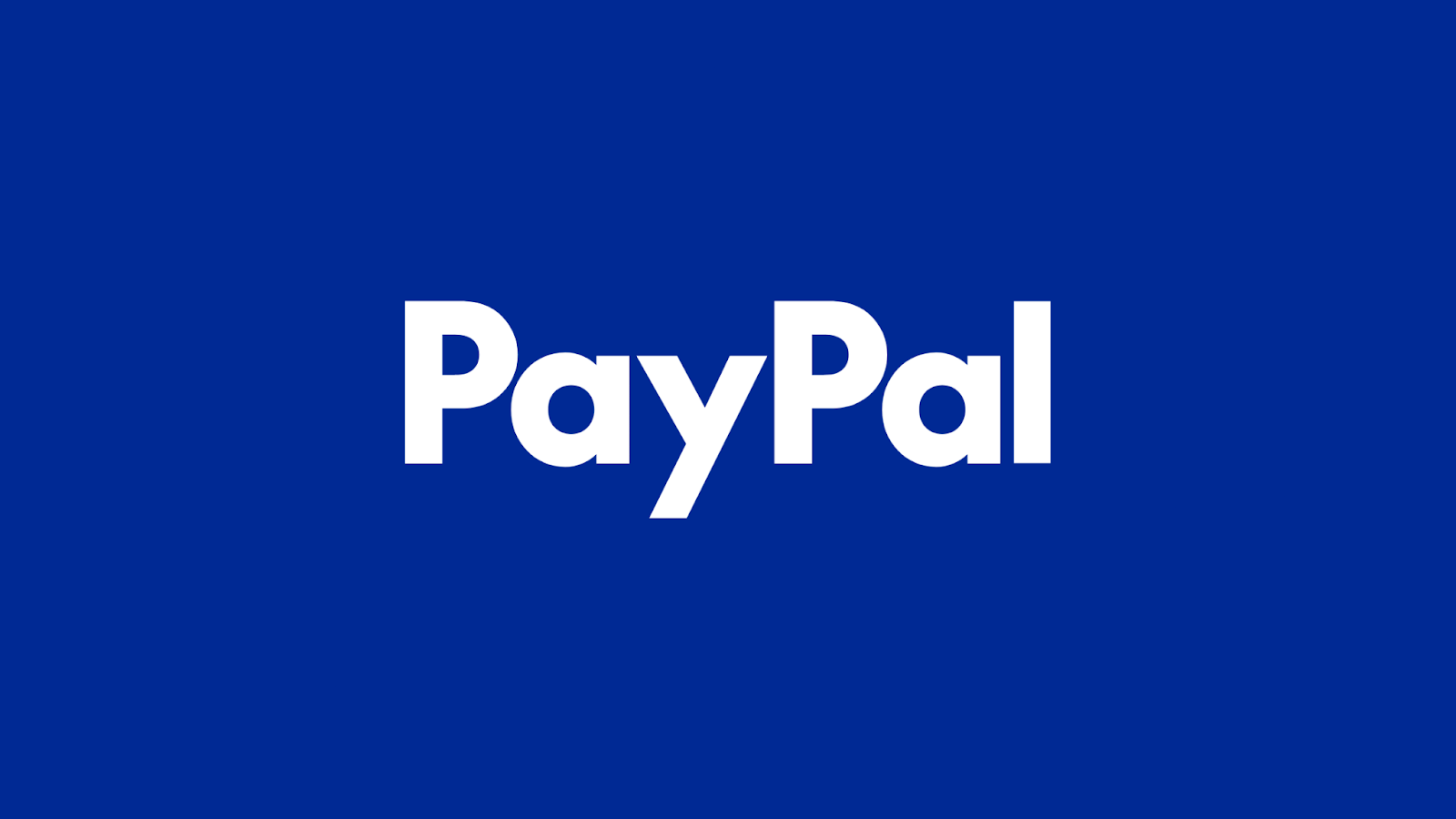Table of Contents
Scammers Exploit PayPal and Microsoft 365 in Sophisticated Phishing Attack
A new and sophisticated phishing campaign has emerged, targeting PayPal users by exploiting legitimate features of Microsoft 365 and PayPal's payment request system. Researchers from Fortinet's FortiGuard Labs have uncovered a cunning technique that allows scammers to potentially gain control of victims' PayPal accounts through a meticulously crafted attack.
The attack begins with scammers registering a free Microsoft 365 test domain and creating a distribution list containing targeted email addresses. They then leverage PayPal's money request feature to send seemingly legitimate payment requests that bypass traditional phishing detection methods.
What makes this attack particularly dangerous is its remarkable authenticity. The email appears completely legitimate, with valid sender addresses and genuine-looking URLs. The scam directs recipients to a real PayPal login page, prompting them to log in to investigate a supposed payment request.
Technically, the attack exploits Microsoft's Sender Rewrite Scheme (SRS), which rewrites sender addresses to pass standard email authentication checks. When victims log in through the provided link, they unknowingly link their PayPal account to the scammer's distribution list, potentially granting the attacker access to their account.
Carl Windsor, Fortinet's CISO, emphasizes the attack's sophistication, noting that it doesn't rely on traditional phishing methods. The emails, URLs, and overall presentation are perfectly valid, making it extremely challenging for users to distinguish from genuine communications.
Cybersecurity experts recommend several defensive strategies to protect against such attacks. Users should be vigilant about unsolicited emails, regardless of how legitimate they appear. Implementing a "human firewall" approach involves training individuals to scrutinize unexpected payment requests carefully.
Additional protective measures include enabling two-factor authentication on PayPal accounts, avoiding clicking on links from unknown sources, and verifying URLs before entering any login credentials. Organizations can also implement advanced email security solutions that use AI and neural networks to detect unusual messaging patterns.
The incident highlights the evolving landscape of cyber threats, where attackers continuously find innovative ways to exploit legitimate services and bypass traditional security measures. It serves as a critical reminder of the importance of ongoing cybersecurity awareness and education.
As phishing techniques become increasingly sophisticated, users and organizations must remain alert and proactive in protecting their digital identities and financial information. The combination of technological solutions and human vigilance remains the most effective defense against such advanced cyber threats.
Found this article interesting? Keep visit thesecmaster.com, and our social media page on Facebook, LinkedIn, Twitter, Telegram, Tumblr, Medium, and Instagram and subscribe to receive tips like this.
You may also like these articles: Here are the 5 most contextually relevant blog posts:
Anthony Denis
Anthony Denis a Security News Reporter with a Bachelor's in Business Computer Application. Drawing from a decade of digital media marketing experience and two years of freelance writing, he brings technical expertise to cybersecurity journalism. His background in IT, content creation, and social media management enables him to deliver complex security topics with clarity and insight.
